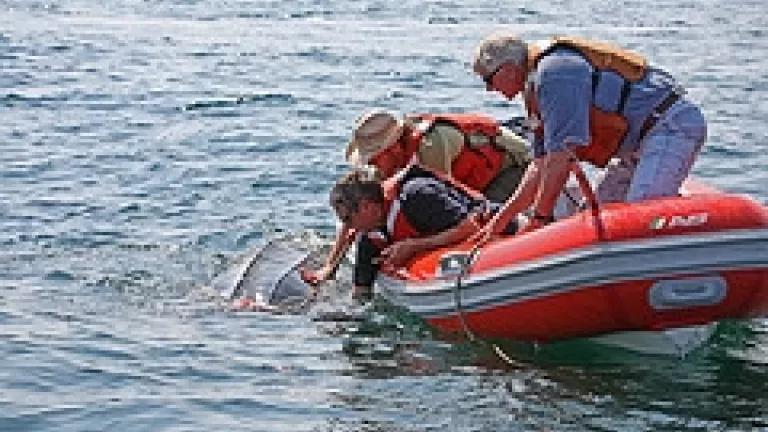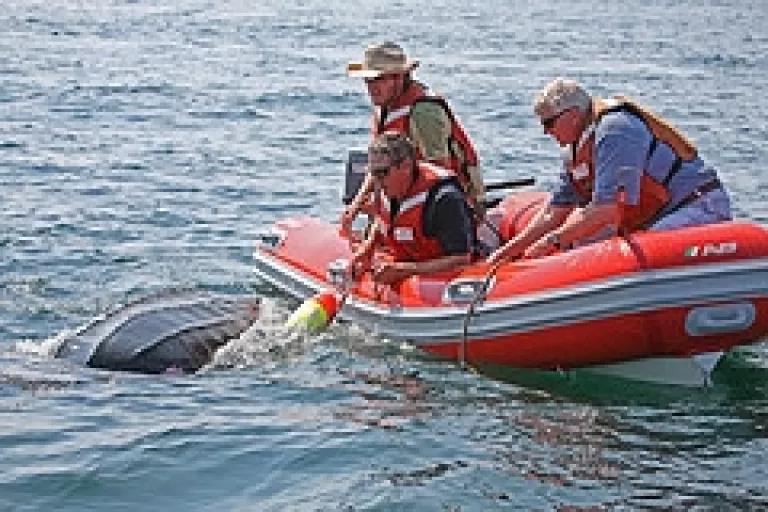
If you’re a wildlife lover like I am, you’re probably enamored with each and every species – from the bugs to the bears. But you also probably have a soft spot for the critters in the state where you live or grew up.
It makes sense – these are the species you’ve seen, the ones you know most about, the ones that made you fall in love with wildlife in the first place!
That’s one of the main reasons I am so excited about the Fish and Wildlife Service’s new interactive map – just click on the state you’re interested in and up comes a complete list of threatened and endangered species in that state, as well as success stories, information on partnerships that have been formed to protect certain species, and other state-specific information.
Of course the first thing I did upon learning of this map was to click on the state of Maine, where I grew up, attended college, am getting married this fall, and, despite spending the past six years away, will always call home. The map quickly revealed that there are 9 threatened and endangered animal species that occur in my home state: the Canada lynx, the piping plover, the Atlantic salmon, the leatherback sea turtle, the shortnose sturgeon, the tern, the finback whale, the humpback whale, and the north Atlantic right whale. Click on any one of these species, and a wealth of information comes up!

I clicked on the leatherback sea turtle – a species I’ve been obsessed with since I was a kid – and spent far too much time reviewing the recovery plans and critical habitat designations for this beautiful creature. My dad (center of photos) actually saved a leatherback off of Mt. Desert Island a couple of summers ago by freeing it from the lobster trap ropes in which it had become entangled. My dad is my hero anyway, but this just made him that much cooler!
This map will be incredibly useful for a variety of people – from researchers to academics to wildlife lovers. But I’m especially hopeful that it will be used to foster appreciation for the amazing animals that define the places that are special to each one of us. These creatures need our help – and there’s no better place to start than at home!
